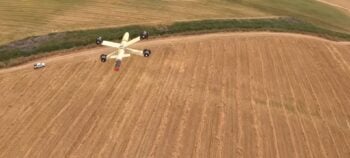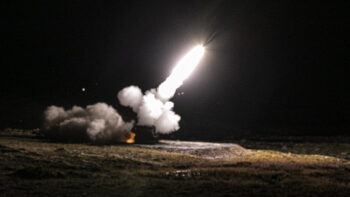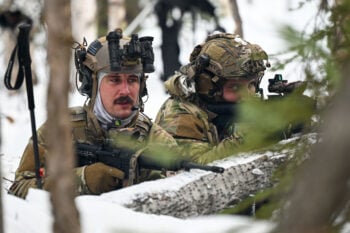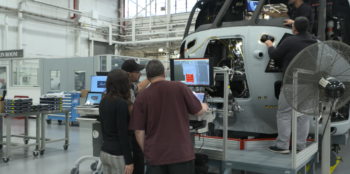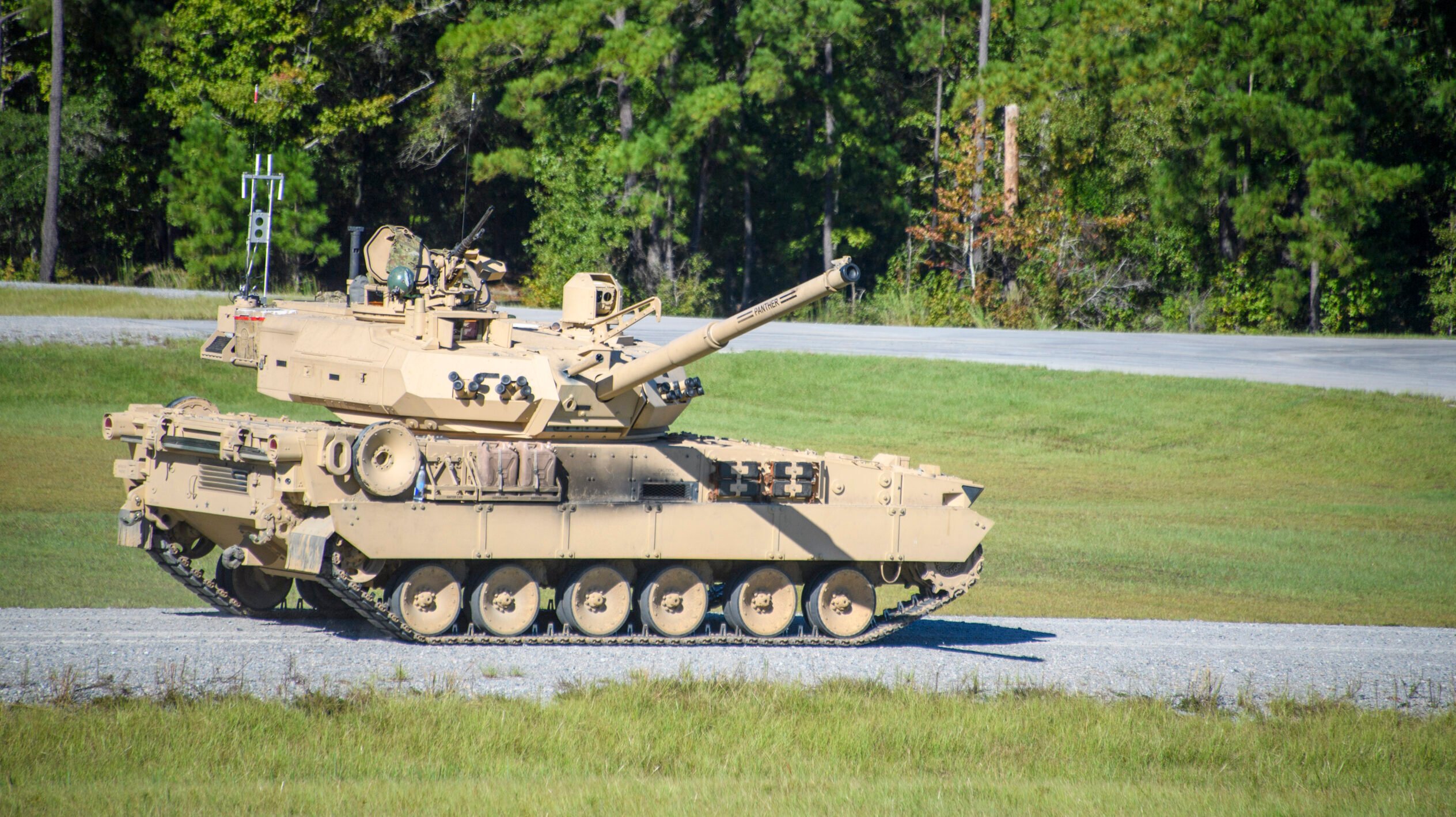
The Army has officially renamed its Mobile Protected Firepower program the M10 Booker combat vehicle. (US Army)
WASHINGTON — The Army decided to give itself a present on its 248th birthday, announcing the Mobile Protected Firepower (MPF) “light tank” has been rebranded the M10 Booker combat vehicle, named after two fallen soldiers who died 60 years apart.
The new tracked combat vehicle now carries the name of Private Robert Booker (an infantryman) who was killed in action during World War II on April 9, 1943, and Staff Sgt. Stevon Booker (a tanker) who was killed in action on April 5, 2003, during the Thunder Run into Baghdad, head of Army acquisition Doug Bush told reporters on Thursday.
“The stories of these two heroic soldiers articulate the Army’s exact needs for the M10 Booker combat vehicle, our soldiers will now have an infantry assault vehicle that brings a new level of lethality to our ground forces and allows our men and women in uniform to move at a faster pace with greater protection,” Bush added.
Last year the service selected the General Dynamics Land Systems (GDLS) prototype over BAE Systems’ design. The winning vehicle will eventually be crewed by four soldiers — a commander, a gunner, a loader, and a driver — and includes the XM35 105 mm cannon, a coaxial machine gun, and a diesel engine, according to the company and the Army.
“The M10 Booker is an armored vehicle that is intended to support our infantry brigade combat teams by suppressing and destroying fortifications, gun systems, entrenchments, and, secondarily, then providing protection against enemy armored vehicles,” Maj. Gen. Glenn Dean, the program executive officer for ground combat systems, told reporters.
Under the initial contract, the service plans to buy 96 vehicles but, for now, has only ordered 26. Dean said he anticipates receiving the first production vehicle in November, slightly ahead of schedule. The service will then begin standing up its first battalion with 42 M10 Bookers with the goal of entering operational testing in late-2024 or early 2025, and hitting the first unit equipped milestone in late 2025.
If production proceeds as planned, GDLS is slated to ultimately produce three M10 Bookers each month with each carrying a $12.9 million price tag, the two-star general added.
Toxic Fume Fix In The Works
As for the needed vehicle fixes, Dean said it appears GDLS has solved some of the problems. For example, the fiscal 2022 Director, Operational Test & Evaluation (DOT&E) report disclosed that while GDLS’ prototype had demonstrated “satisfactory progress” towards achieving “operational effectiveness, reliability, and availability to support infantry brigade operations,” several “vulnerabilities” exist. Most notable on the list was the concern about “high levels of toxic fumes” filling the vehicle after soldiers fired the main gun.
“I’m happy to report that toxic fumes were one of our concerns at the production decision and we’ve been doing some engineering and testing, and I can confidently say today that that is an issue that is behind us,” Dean said. He did not disclose what that fix was, but earlier this year the service told Breaking Defense the company would add a purge system to clear the fumes from the crew area.
The DOT&E report also disclosed problems with the vehicle’s cooling system.
“Under hot performance conditions, the vehicles [were] overheating, which turned out to be an airflow problem with the cooling at the rear of the vehicle,” Dean said. “I’m happy to say that, at this point, we’ve gone through testing and been able to prove that the design revisions that General Dynamics made have worked and the vehicle can meet its performance requirements of high temperatures.”
However, he and Bush cautioned that operational testing will be the benchmark for confirming that those fixes are adequate, and the vehicle is safe for soldiers.
Since the M10 Booker is not replacing an existing combat vehicle and the winning GDLS version is different from the BAE Systems one in both physical and crew size, the Army also needs to learn how to train soldiers to use and maintain it, while sorting through a host of policy and material questions.
“What’s the training pipeline? How does that work?” Dean said. “ What are the specific logistics systems that will be in the battalion?… How many fuel trucks? How many cargo trucks? What is the recovery mechanism for the vehicle?”
All these questions will take the service time to sort through as it prepares to stand up the first battalion.
Aloha: Fixes ongoing, then Army’s new watercraft prototype is Hawaii bound for testing
“Everything that we can knock off that list we will do in the archipelago…because that allows us to do the tests in the environment that the vessel will operate in ultimately,” said Maj. Gen. Jered Helwig.





















